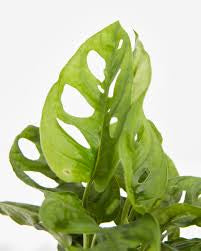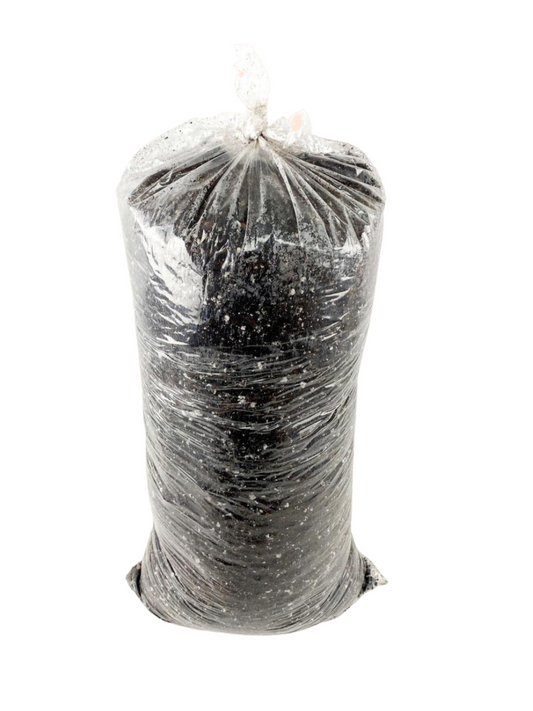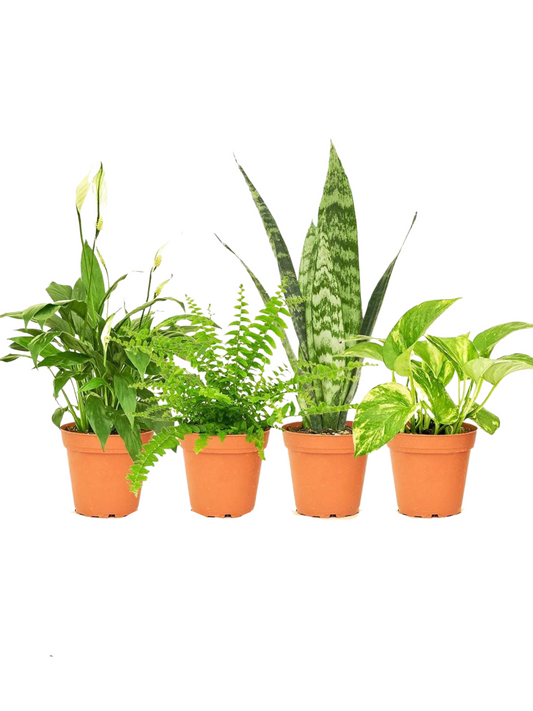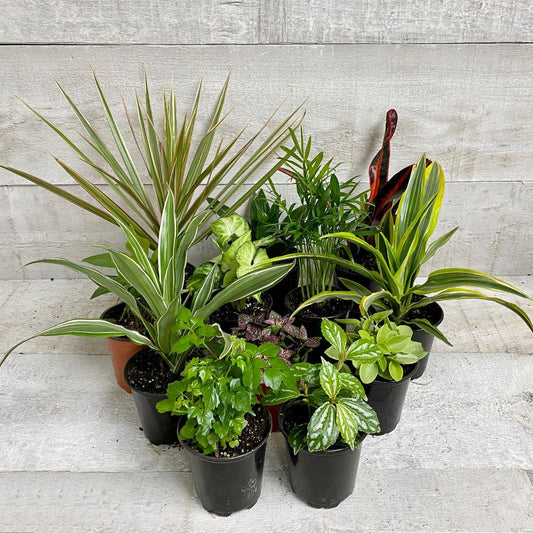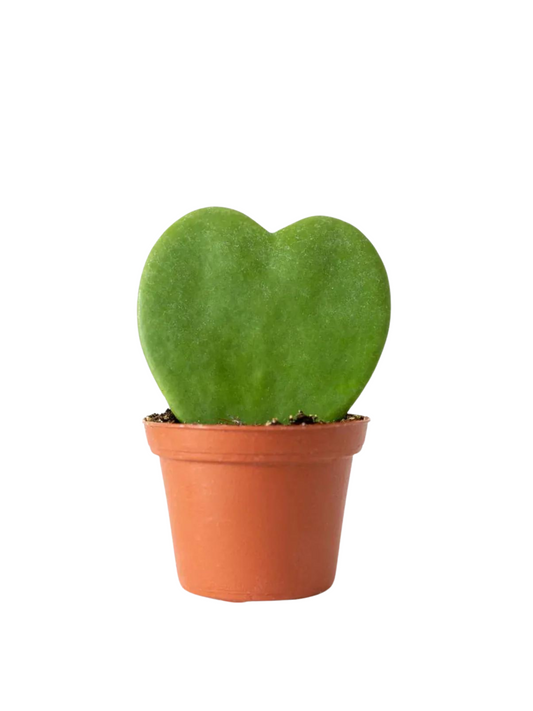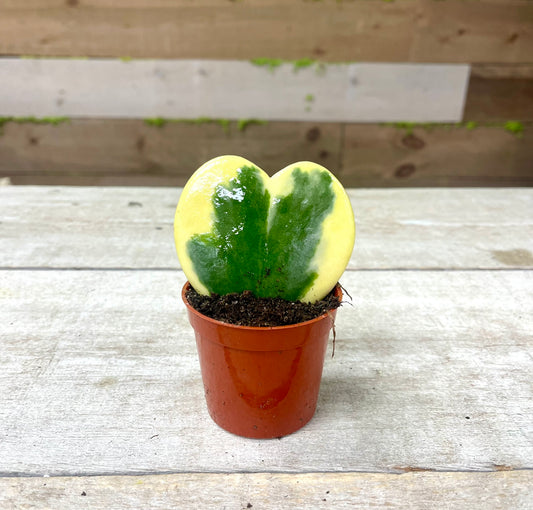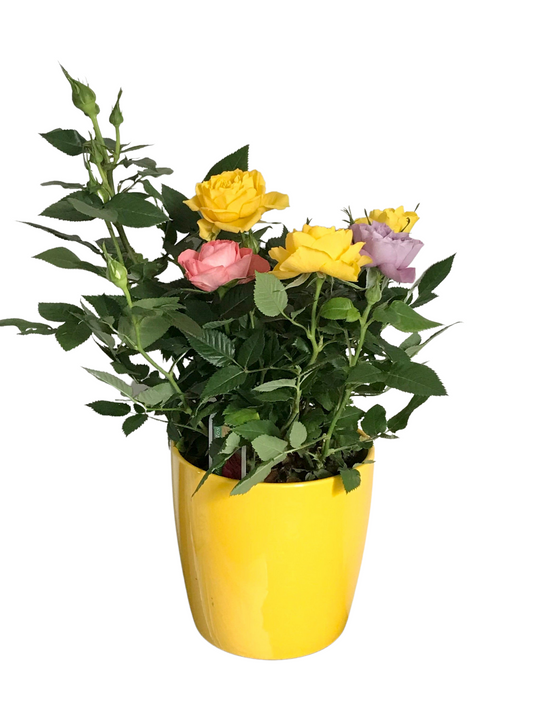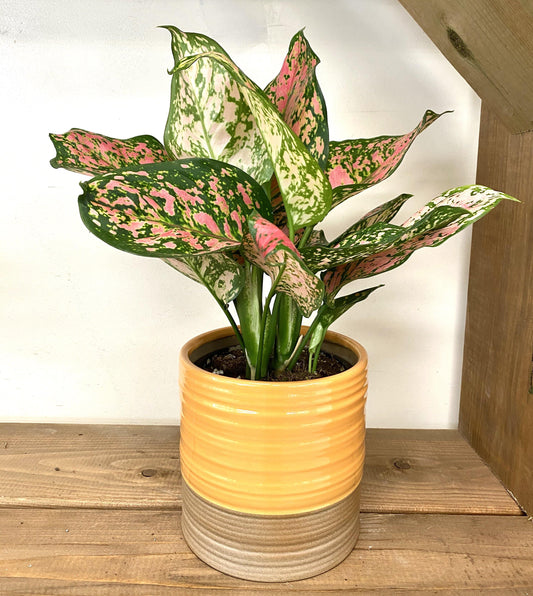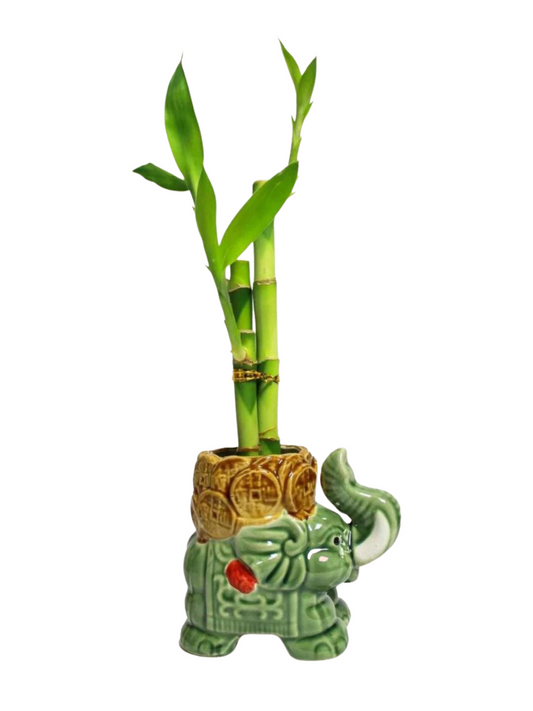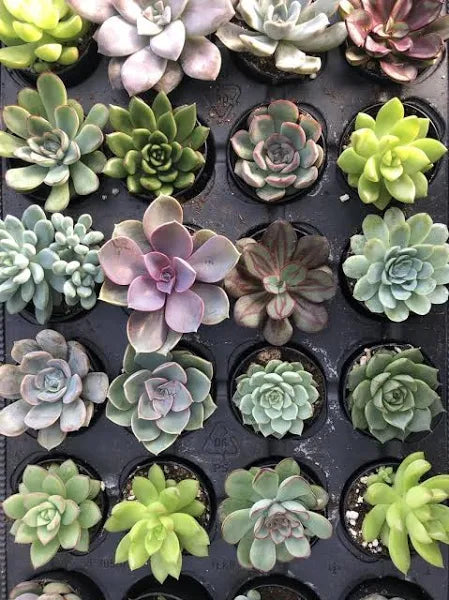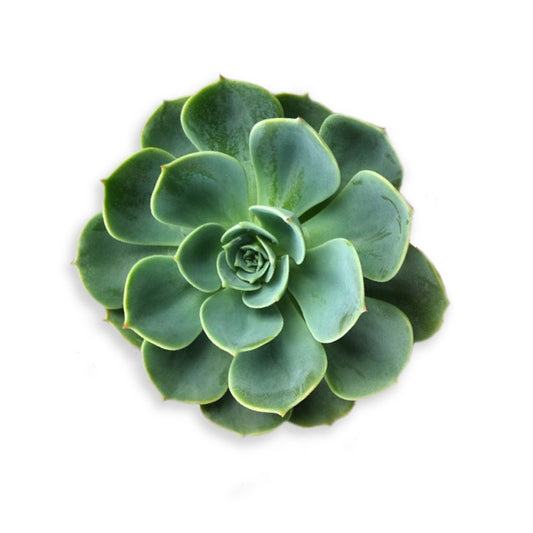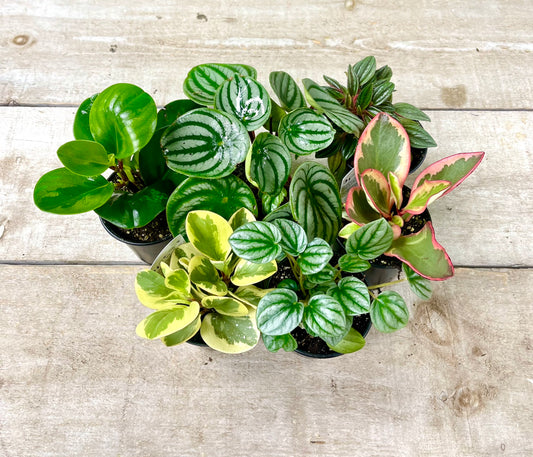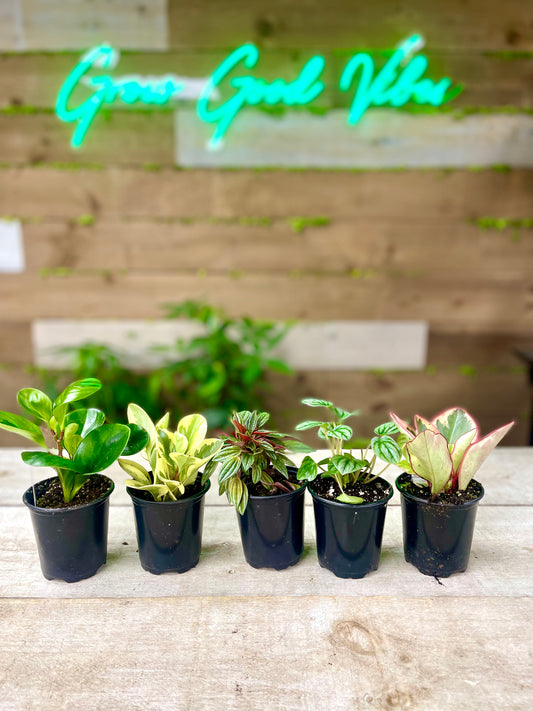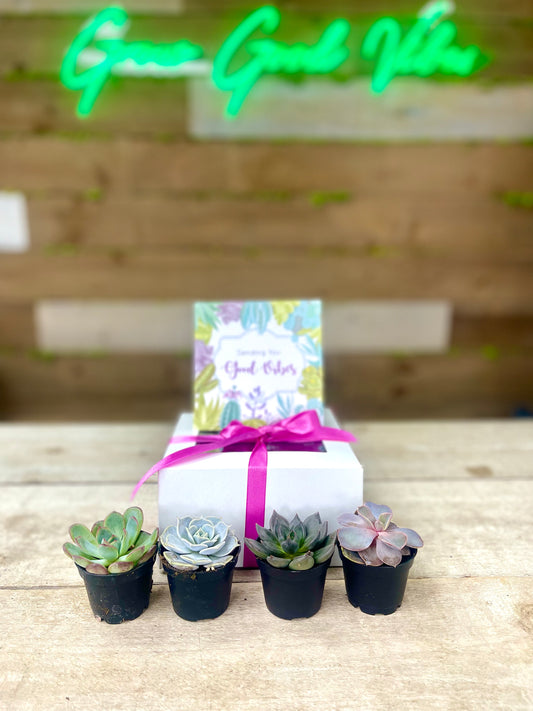Monstera 10” growing pot (hight 36”)Swiss cheese
Monstera 10” growing pot (hight 36”)Swiss cheese

Regular price
$150.00 CAD
Regular price
Sale price
$150.00 CAD
Unit price
per
10 Tips for Growing and Caring for Swiss Cheese Plants
No matter the species, you will find Swiss cheese plants to be relatively easy to grow indoors. Here are some plant care basics to ensure they thrive:
- 1. Light: These plants will do best in bright, indirect light or partial shade. South-facing or west-facing windows will work well. If direct sunlight is unavoidable, limit your plant’s exposure to the sun to only two or three hours in the morning.
- 2. Water: While overwatering may cause rot, allowing the top inch or so of soil to dry out will help you keep your plant neither too wet nor too dry. Swiss cheese plants like their soil a bit on the dry side.
- 3. Temperature: These plants like moderate indoor temperatures of around 60–85°F.
- 4. Humidity: As tropical plants, Swiss cheese plants will do best when there is high humidity, meaning 50 percent or higher, so you may need to rely on a humidifier or schedule time to mist your plants with a sprayer every couple of days.
- 5. Location: In the summer, a shady spot outside will allow your plant to benefit from indirect sunlight as well as the natural heat and humidity. Take them outside when night temperatures are over 50°F and then bring them back inside around fall, before nighttime temperatures drop below 50°F.
- 6. Potting mix: For the best aeration, use an unglazed terra-cotta pot with good drainage holes. Potting mix for Swiss cheese plants, as with other aroids, can contain bark, medium to large perlite, and horticultural charcoal. They will grow best in peat-based potting soil. Look for a soil pHlevel between 5.5 and 7.0. Provide your plant with a moss pole or other support if you’d like it to climb.
- 7. Repotting: Typically, you should repot your plant every other year and refresh the potting soil annually. When repotting and moving the plant up in size, use a rich potting soil made of compost and peat, which will help with aeration and drainage. The best time for repotting is during the summer.
- 8. Fertilizer: Wait four to six months after repotting your Swiss cheese plant before you start fertilizing it. Then you can do so monthly with an all-purpose liquid fertilizer that has been diluted by half.
- 9. Pruning: Since Swiss cheese plants are vine-like climbers, you may need to prunethem if they begin to outgrow the space they’re in or simply start to look unattractive. Pruning should happen during the spring or fall. Cut close to the main stem to avoid creating stubs and remove the top growth and any dead or damaged leaves.
- 10. Common pests and diseases: Though Swiss cheese plants have to deal with common pests like mealybugs, spider mites, scale, and whitefly, these pests are rarely fatal for your plant and can be treated with nontoxic insecticides or neem oil. Keep an eye on your plant to monitor for root rot, powdery mildew, or blight.
Couldn't load pickup availability
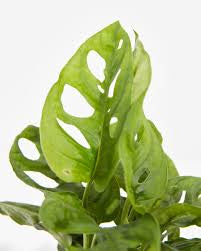

Frequently Brought Together
Here's what our plant parents are saying!

We love the positive impact plants have on Mental Health.
And we’re here to support it.

We score over 900 reviews on Trustpilot. And We're proud of that.

Express Delivery

